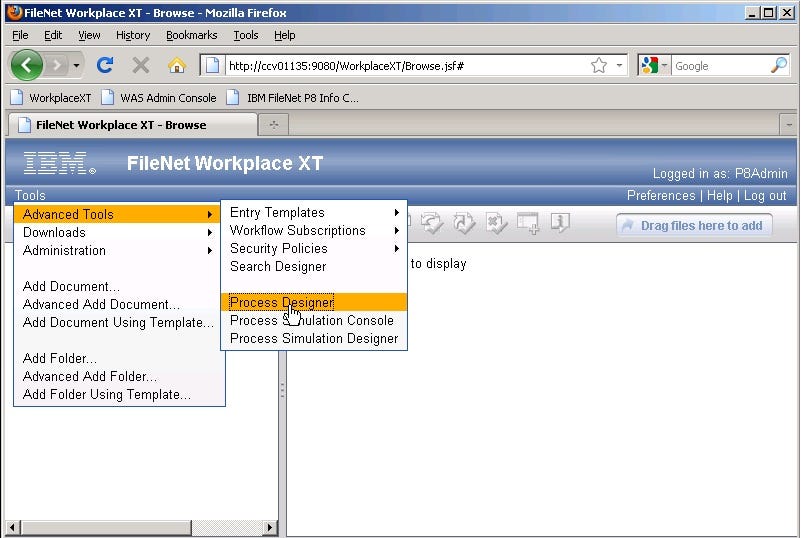We often talk about automating manual tasks, but less about automating office work. Yet, knowledge workers face as many repetitive and tiring tasks as factory workers.
Robotic process automation (RPA) are technologies that have automated these dull corporate work processes, such as making a transaction, answering an email, or processing an application.
However, these software robots don’t necessarily replace workers, but shift their focus on higher-value intellectual tasks. As RPA handles redundant administrative processes, workers can check privacy compliance, manage exception cases or talk directly to customers who need it.
Here’s the history of these software products and how they’re promoting a new human-machine collaboration.
RPA precursors: the history of screen scraping

In the early days of the Internet in the 1990s, companies had no way of exploiting publicly available data directly from websites, such as competitor offers, pricing lists, or brand mentions.
They couldn’t either automatically retrieve data as essential as users’ actions and submitted information on their application (contact details, products ordered, revenue generated…).
Some applications, especially banking applications, couldn’t even transfer their data because of the non-existence of APIs to bridge the gap between their different legacy systems.
Web engineers, therefore, invented scraping tools like BeautifulSoup based on Python. These solutions provided bots browsing and memorizing pages one after the other. These crawlers extracted information from the layers of the web, like HTML and CSS files, and filled up predefined Excel sheets.
By scraping the web, these solutions were the first way companies could automate processes like data extraction and transfer. However, they could raise privacy issues and were not necessarily compatible with all types of computer systems. So alternative automation tools were necessary.
Automating Business Operations (BPA)

In the ’80s, engineers from a software company named FileNet tried to improve the workflow of scanning and sharing paper documents. They used automation to define and repeat specific processes to manage written content and extract data from them.
These tools, named afterwards business process automation (BPA), could in their more advanced version connect APIs from different applications to automate tasks. They became popular among companies to speed up various processes. For example, they could serve as marketing automation tools that send onboarding emails after a first contact or publish scheduled posts on social media.
They were able to replace workers in repetitive tasks, such as administration, transactions, or compatibility management. Even more, they could replace entire parts of a business unit.
However, these software products also quickly showed their limitations, since they still depend on APIs and application updates. In addition, they lacked cognitive functions that could manage unstructured data. Thus, they could not automatically switch to better applications or adapt to more evolving and changing business processes.
This is precisely what modern software robots are capable of with the use of AI.
How RPAs have been invented

As machine-learning, optical character recognition, and natural language processing technologies are growing, the automation of more flexible tasks like customer-facing interaction has become increasingly possible.
Platforms such as Blue Prism, UiPath, or Automation Anywhere have in the 2000s first provided libraries of automation programs for companies. From them, users could then code bots by hand to perform very specific operations.
To analyze broader sets of data, they have also added AI-based features like image and word recognition to their solution. Workers can train these bots to read documents, detect visual patterns and perform tasks with more complex objectives. They can also teach them to interact with customers and solve claims. They can check applications and resumes and summarize the essential information.
To do this, workers simply run a bot through their screen and point to the different steps of their work process. The bot will then make the path by itself thanks to machine learning. It will learn to click in the right spot and scrap the right data on ever-changing work interfaces.
Companies get therefore in their hand a robot that literally does the work that a normal employee does, and all this with great speed. It is even able to switch from one application to another to improve its performance.
But this still doesn’t take away from the high-value work of the supervisory employees.
What are the benefits of modern RPAs ?
As even smarter solutions come to market that improve workflows autonomously based on productivity results, the collaborative value of these solutions remains as important as ever.
Human workers need crucially to monitor these tools to avoid deviation, bias in the data, or provide judgment in the face of unexpected or sensible decisions. Bots only improve existing workflow, and it will be long until they can incorporate human understanding and make their own decisions.
So employees in charge of these systems need to teach and train them in their work process. They must also infuse them with the company’s values, create lively interaction with their customers and invent new forms of strategic business. At the same time, these tools give them the means to increase their productivity phenomenally on redundant and boring tasks. It makes them focus on the essentials and reflect globally on the productivity of their workflow.
In other words, these software robots bring the same benefits to office workers as collaborative robots do to industrial workers. Namely, the new power of human-machine collaboration.





